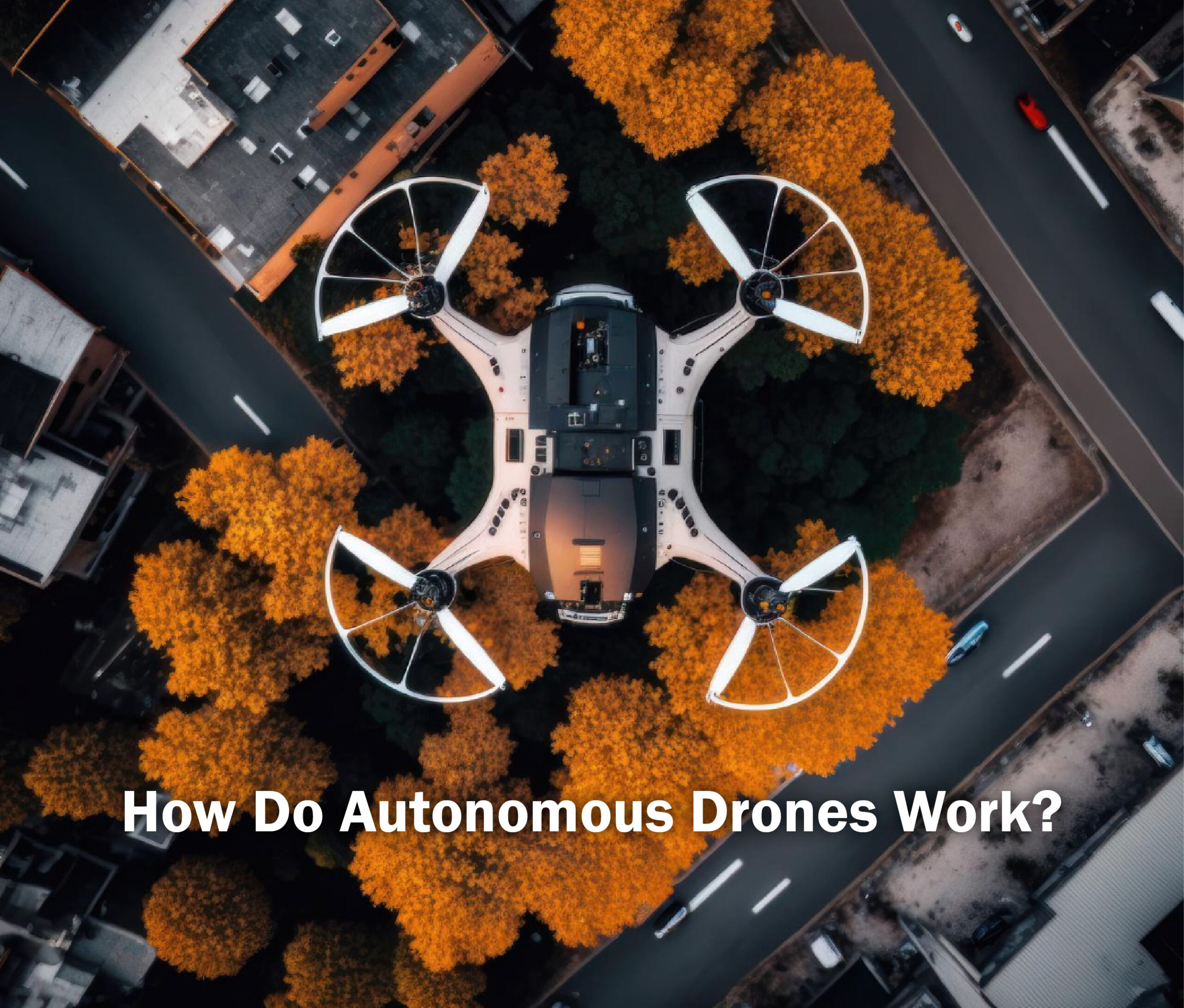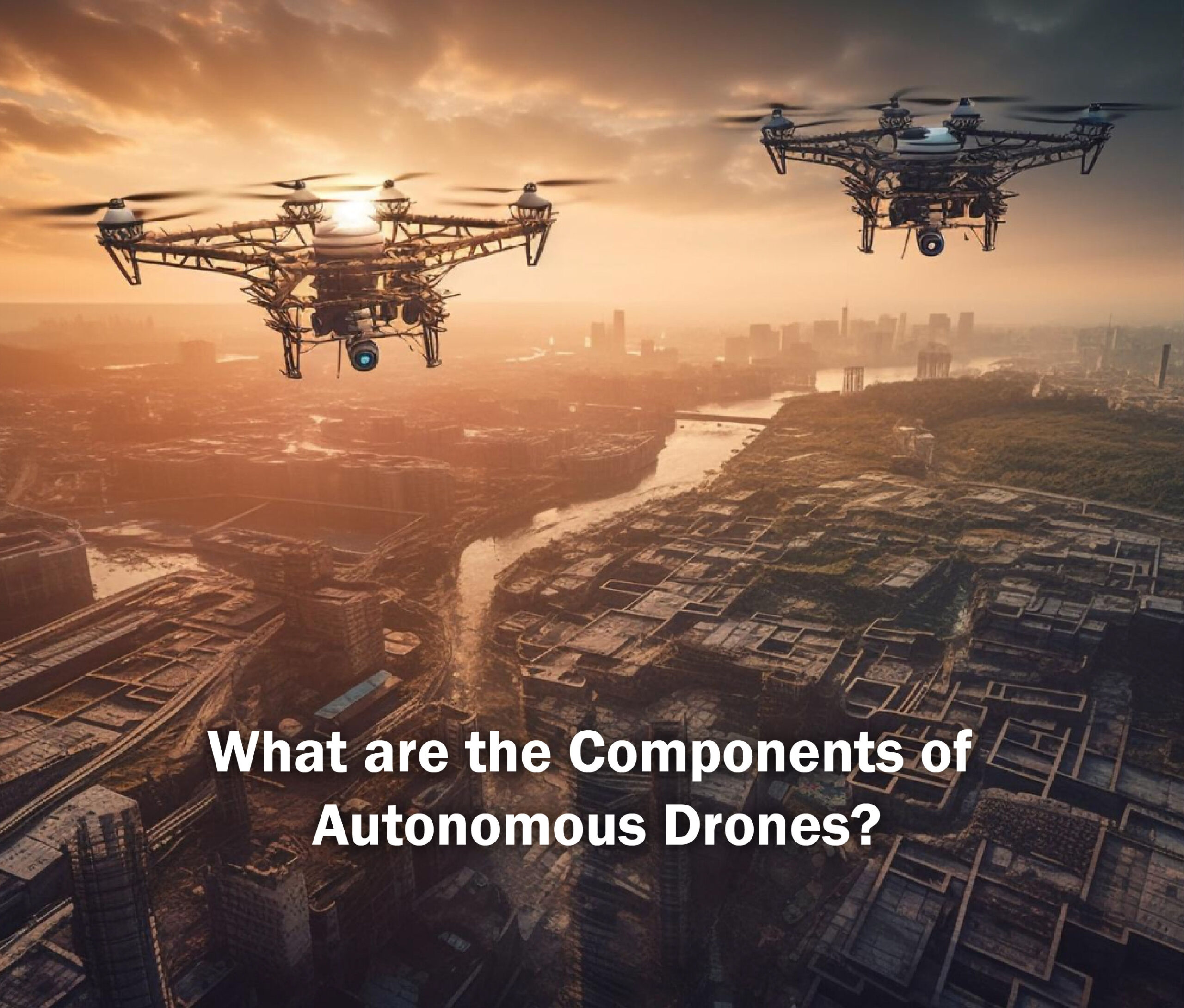Autonomous drones have completely changed how we think about what flying machines can do. Gone are the days when pilots had to control every move in the sky. Thanks to advancements in artificial intelligence, computer vision, and robotics, drones have evolved from mere remote-controlled gadgets into smart, independent flying companions.
These drones are no longer just for taking cool photos and videos from the sky. They now play crucial roles in search and rescue missions. The rise of drone autonomy is reshaping industries and impacting our everyday lives. For instance, over 20,000 elephants are poached each year in Africa, impacting animal populations. Initiatives like Air Shepherd use drones to counter poaching.
In this comprehensive guide, we’ll delve into the world of autonomous drones, covering how they function, their essential parts, the advantages they provide, and their diverse industry applications. Additionally, we’ll discuss the best ones in the market.
Are you excited to join us on this thrilling journey? Let’s get started!
What is an Autonomous Drone?
An autonomous drone is a high-tech unmanned aerial vehicle (UAV) designed to operate independently, reducing the need for constant human control. These drones can perform tasks and navigate various environments autonomously by utilizing sensors, artificial intelligence (AI), and sophisticated algorithms.
Depending on their level of autonomy, these drones can vary in their capabilities. Some drones follow pre-programmed flight plans, where the route and actions are predetermined. In contrast, others can make real-time decisions using AI and machine learning, analyzing sensor data, and adapting to changing conditions. These advanced autonomous drones can track targets, adjust their flight path, avoid obstacles, and execute complex tasks without needing continuous human guidance.
How Do Autonomous Drones Work?
 The operation of an autonomous drone is similar to that of a remotely controlled drone. An operator can still pilot it using a controller, and sometimes, manual control is preferred over autonomous modes. It’s worth noting that using a tablet or smartphone to control the drone is also an option.
The operation of an autonomous drone is similar to that of a remotely controlled drone. An operator can still pilot it using a controller, and sometimes, manual control is preferred over autonomous modes. It’s worth noting that using a tablet or smartphone to control the drone is also an option.
The key feature of an autonomous drone is its ability to fly independently after the initial piloting phase. This means the operator doesn’t have to bring the drone back, saving time manually. By setting a specific flight path or focusing on other tasks, the autonomous software will keep the drone flying until prompted otherwise.
What are the Components of Autonomous Drones?
 Autonomous drones share many components with other drone types, but they also have specialized components for autonomous functionality. These crucial components include:
Autonomous drones share many components with other drone types, but they also have specialized components for autonomous functionality. These crucial components include:
- Autopilot System: This specialized system allows these drones to operate independently, processing sensor data, executing flight plans, and making autonomous decisions.
- GPS Module: The GPS module is essential for precise positioning, enabling autonomous navigation, predefined flight paths, and accurate task execution.
- Sensors: Autonomous drones often feature additional sensors, including obstacle avoidance sensors (such as ultrasonic or LiDAR), optical sensors for visual recognition and mapping, and other specialized sensors depending on their intended use.
- Onboard Computer: Autonomous drones rely on an onboard computer to run complex algorithms, process real-time data, and handle decision-making, path planning, and autonomous flight tasks.
These components work together to empower autonomous drones to operate independently, analyze their surroundings, and carry out complex tasks without constant human involvement.
Decoding the Best Autonomous Drones
Choosing the “best” autonomous drone is subjective and depends on what the task needs. Here are some recognized autonomous drones:
- DJI Air 2S: Known for obstacle avoidance and a high-quality camera.
- Potensic Dreamer Pro: Designed for aerial photography with automated features.
- DJI Mini 2: Compact, portable, and easy to use.
- Parrot Anafi: Foldable with a 4K HDR camera.
- Holy Stone HS700E: Stable and durable with automated flight modes.
- DJI Phantom 4 Pro V2.0: Professional-grade with advanced features.
- DJI Inspire 2: High-end for professional photography, dual-camera system.
This list is not exhaustive, so research and compare models based on your specific needs and budgets.
Military Uses of Autonomous Drones
The utilization of autonomous drones in military operations has been on the rise worldwide. These drones bring several benefits, such as operating in hazardous or hard-to-reach areas, conducting intelligence-gathering missions, and executing tasks with precision and efficiency.
One significant military application of these drones is for targeted strikes. Military-grade autonomous drones can autonomously navigate to specific locations, choose targets, and carry out attacks independently, which has raised ethical and legal concerns regarding their usage.
Autonomous drones are also employed for surveillance and reconnaissance, offering real-time intelligence and monitoring of enemy movements. They can operate in swarm formations, where multiple drones collaborate for tasks like search and rescue or coordinated attacks.
Legal and Ethical Considerations
The use of autonomous drones in the military gives rise to crucial legal and ethical issues. While there is some overlap, these drones introduce distinct ethical concerns, including responsibility for unintentional harm and the potential for misuse of the technology.
Efforts are underway to address these concerns and establish guidelines for the responsible use of these drones in the military. Some countries now mandate formal authorization from a human operator before an autonomous system engages in lethal actions.
Federal law mandates that any drone weighing over 0.55 pounds must be registered with the Federal Aviation Administration (FAA). The registration fee is $5, and it remains valid for three years. Additionally, all drones must display their registration numbers.
In a Nutshell
Autonomous drones have become an essential component of military operations, offering a range of capabilities. They can function without constant human control, carry out targeted strikes, gather intelligence, and provide situational awareness. However, the use of these drones also necessitates a thoughtful approach to address legal and ethical considerations, ensuring responsible and accountable deployment of this technology.


